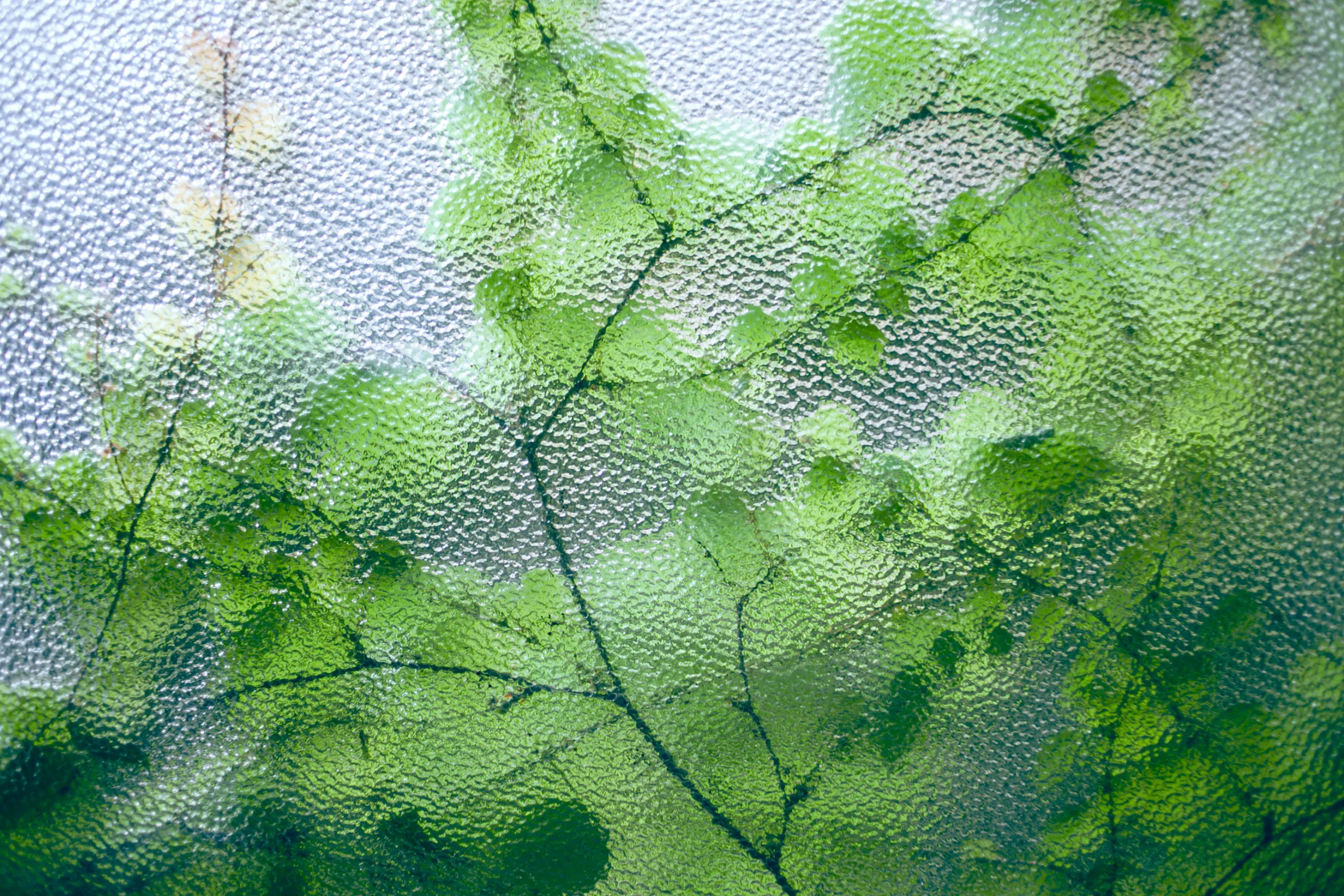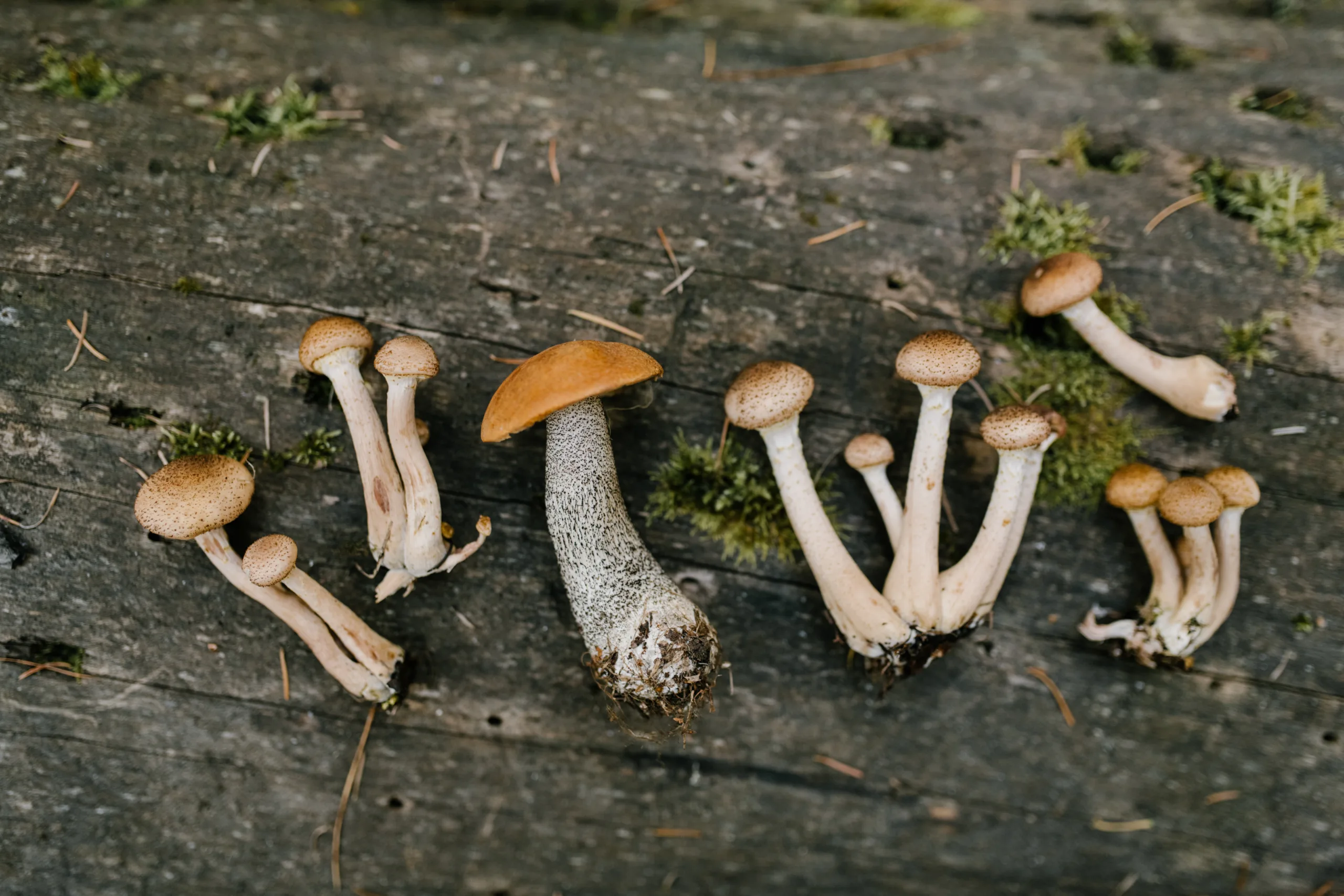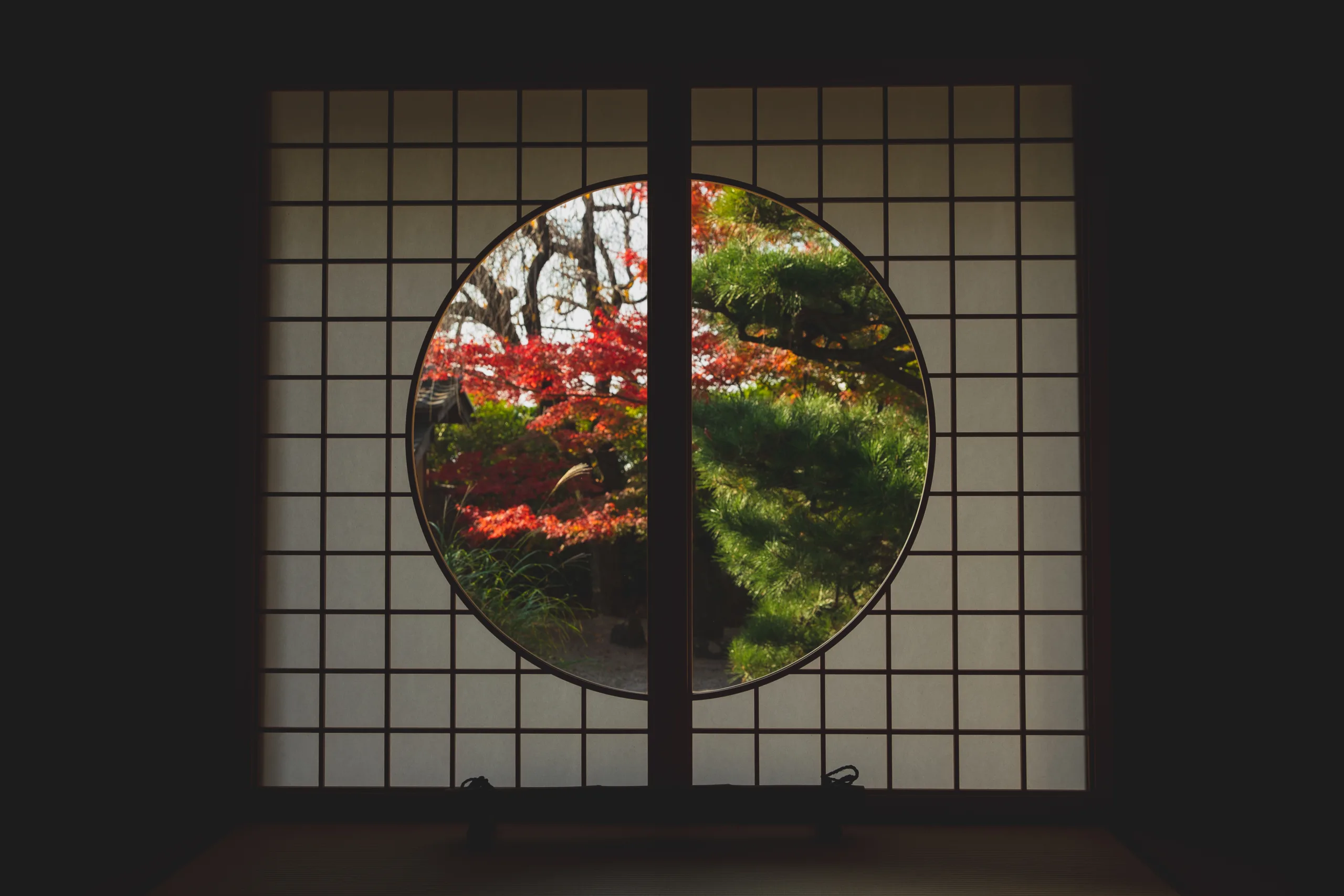Growing a tree indoors isn’t impossible – it just takes a little patience and the right conditions. If you’re looking for a way to bring some life into your home, growing a tree is the perfect solution. Not only will it add beauty and life to your environment, but it can also help purify the air in your home. In this article, we’ll cover everything you need to know to successfully grow a tree indoors, including what types of trees work best, how to care for them, and more.
When selecting a tree species to grow indoors, it is important to consider the size of the tree, its light and humidity requirements, and the amount of maintenance it will require. For example, a fiddle-leaf fig tree is a good choice for indoors as it doesn’t require too much sunlight or water but will still grow up to 6 feet tall. Additionally, its large leaves are easy to maintain.
Preparing the Growing Container
When preparing a growing container for your plants, it is important to understand the needs of your particular plants. Different plants have different requirements for their growing environment, and providing the right conditions is key to keeping your plants healthy and successful. The first step in preparing the container is to choose a container that is suited to the needs of your particular plant. Make sure that the container has drainage holes in it so that excess water can escape and not cause root rot or other problems. Additionally, make sure it has enough room for both the roots of the plant and some extra soil around them for growth.
Once you have chosen the right container, it’s time to prepare the soil. Depending on what kind of plant you are growing, you may need to mix in some compost or other organic matter into the soil to provide nutrients for your plants. Additionally, make sure that your soil has enough drainage and aeration so that it can support proper root growth. You may also want to add some fertilizer or other supplements to help give your plants a boost.
Finally, before you plant anything in your container, make sure you clean any debris or dirt off of it first. This will ensure that there are no pests or bacteria living inside of it which could harm your plants. After everything is prepared properly, you are ready to start planting! With a little bit of care and attention, you can create a thriving environment for your plants in no time!
Providing Adequate Lighting
Lighting is an important aspect of any space, whether it’s a home, office, or public area. Proper lighting can make a room feel inviting and well-lit, while inadequate lighting can create a gloomy atmosphere and make people feel uncomfortable. The type of lighting that is used in a space should be chosen carefully to ensure that the atmosphere it creates is one that is conducive to productivity and comfort.
When selecting lighting for a space, there are several aspects to consider. Firstly, the type of lighting should be appropriate for the environment in which it will be used. For example, if the space is for general use then bright overhead lighting may be suitable. On the other hand, if the purpose of the space is for studying or reading then more subdued task lighting would be preferable. Secondly, it is important to take into account how much natural light is available in the area as this can affect how much artificial light needs to be provided.
In addition to choosing the right kind of lighting for a space, it is also important to consider how much light needs to be provided. Too little light can lead to eyestrain and headaches due to lack of visibility, while too much light can create glare and cause discomfort. When deciding on how much light should be provided it is important to take into account factors such as ceiling height and size of windows as these will influence how much ambient light there will be in the room.
Overall, providing adequate lighting in any space requires careful planning and consideration in order to ensure that it meets both practical and aesthetic requirements. By taking into account factors such as type of use, natural light availability, and desired ambience it is possible to create an environment that feels inviting and comfortable while also providing adequate illumination for whatever activities are taking place within it.
Ensuring Proper Watering
Proper watering of plants is essential for their healthy growth. Without proper watering, plants can suffer from a number of issues such as wilting, yellowing leaves, and even death. To ensure your plants are getting the water they need, it is important to understand the needs of each type of plant and adjust your watering schedule accordingly.
When it comes to watering your plants, there are several factors to consider such as the type of soil, sun exposure, and temperature of the environment. For example, a plant that is exposed to direct sunlight will require more frequent watering than one that is in partial shade. Similarly, soil that drains quickly will need more frequent watering than soil that retains water.
In addition to adjusting your watering schedule based on these factors, it’s also important to consider how much water your plants need at each session. Overwatering can lead to root rot and other problems while underwatering can lead to wilting leaves and stunted growth. To ensure you’re not over or under-watering your plants, it’s best to use a moisture meter or soil sampler. These tools will help you determine when your plants need an extra drink.
Finally, when it comes to how often you should be watering your plants, the answer depends on their individual needs. Generally speaking though, most plants do best when they receive water once every few days during hot weather and once every week during cooler temperatures. By following these guidelines and monitoring the moisture levels in your soil with a moisture meter or sampler tool, you can ensure that your plants are getting all the water they need for healthy growth and development.
Choosing the Right Location
Choosing the right location for your business is one of the most important decisions you’ll make. Location affects more than just the physical presence of your business—it can have a major impact on your success. When selecting a location, consider factors such as accessibility, costs, competition, and potential customers.
Accessibility is an important factor to consider when choosing a business location. Think about how easy it will be for customers to get to and from your business. Is there adequate parking? Are there public transportation options nearby? Are there any potential safety or security issues that could affect potential customers?
Costs are also an important factor to consider when choosing a location for your business. Rent, utilities, taxes, and insurance costs can add up quickly and can have a major impact on your bottom line. Make sure you research these costs before deciding on a location so you don’t end up with unexpected expenses down the road.
Competition should also be taken into account when selecting a location for your business. Research other businesses in the area and determine if they offer similar products or services as yours. If so, what do they offer that you don’t? How can you differentiate yourself from them?
Finally, think about potential customers when choosing a location for your business. Who are they and where do they live? Where do they shop or eat? What kinds of activities do they like to do? Answering these questions will help you select a location that attracts the right kind of customers for your business.
Choosing the right location for your business is an important decision that requires careful consideration of factors such as accessibility, costs, competition, and potential customers. By taking all these elements into account before making your decision, you can ensure that you select an ideal spot for your business to thrive!

Pruning and Training the Indoor Tree
Prune and train your indoor tree for health, beauty and longevity. Pruning is essential in helping the tree to grow in a healthy and attractive form. When pruning, it is important to maintain balance between foliage and branches, shape the canopy and reduce risk of failure due to branch overload. To prune an indoor tree, start by removing any dead or diseased branches, then thin out any overcrowded branches. This will also help to open up the tree’s canopy to allow more light penetration. Pruning can also be used to create a desired shape or size for the tree. Once you have finished pruning, use training techniques such as tying branches together or wiring them into a desired shape. This will help the tree maintain its shape over time as it grows.
It is important to remember that pruning and training should be done regularly to keep your indoor tree healthy and attractive. Prune in late winter or early spring when growth has slowed down but before buds start forming. Regular pruning will also encourage branching and promote new growth from within the canopy of the tree. Do not over-prune as this can lead to weak or sparse foliage, or even death of the plant altogether! Be sure to use sharp pruners or shears that are sterilized between cuts in order to prevent spreading of disease.
Finally, remember that regular maintenance is key when caring for an indoor tree. Make sure you water regularly, fertilize during active growth periods, mist leaves occasionally with lukewarm water, dust leaves regularly using a soft brush and provide adequate light depending on the species of your indoor tree. With proper care, training and pruning your indoor tree should remain healthy for many years!
Fertilizing an Indoor Tree
Fertilizing an indoor tree is important for its growth and health. It is important to use the right type of fertilizer, as some can damage the tree. When fertilizing an indoor tree, it is important to know what type of fertilizer to use and how often it should be applied.
The best type of fertilizer for an indoor tree is one that is specifically formulated for indoor trees. This type of fertilizer will provide the necessary nutrients and minerals needed for the tree’s health. It will also help promote strong root development and healthy foliage growth.
When choosing a fertilizer, be sure to select one that has a balanced NPK ratio. NPK stands for nitrogen, phosphorus and potassium; these are the three primary nutrients that plants need in order to grow healthy and strong. The ratio should be between 5-10-5 or 8-10-8, which means there should be equal amounts of nitrogen, phosphorus and potassium in the mix.
It is also important to apply the fertilizer correctly in order to ensure your indoor tree gets the benefits from it without any damage or harm being done to it. The amount of fertilizer applied should depend on the size of your tree; smaller trees may need less fertilizer than larger ones. It’s best to start off with a small amount and then increase it gradually over time as needed.
It’s also important to fertilize at regular intervals throughout the year, typically every two months or so depending on your specific needs. To ensure your tree gets adequate nutrition during this period, supplement with a liquid fertilizer every few weeks as well if needed.
Overall, fertilizing an indoor tree can be beneficial for its health and growth if done correctly with the right type of fertilizer and at regular intervals throughout the year. Doing so properly will give you a happy and healthy indoor tree!
Controlling Pests and Diseases
Pests and diseases can have a devastating effect on crops and the environment. It is essential to protect plants from these threats to ensure a healthy, abundant harvest. There are a number of effective ways to control pests and diseases, including using natural predators, chemical pesticides and biological control agents.
Natural predators are living organisms that prey on pests, helping to keep pest populations in check. Ladybugs, for example, feed on aphids and other plant-eating bugs. Other predatory insects include lacewings, hoverflies and ground beetles. Natural predators are an effective way of controlling pests because they do not require any additional inputs or intervention from farmers or gardeners.
For more serious infestations, chemical pesticides may be necessary. These products contain toxins that are harmful to pests but generally safe for humans and other animals when used correctly. Before applying any chemical pesticide, it is important to read the label carefully and follow the instructions precisely.
Biological control agents are living organisms that can help control pest populations without harming desirable plants or animals. Examples of biological control agents include certain bacteria and fungi that attack specific types of pests without harming beneficial insects or other wildlife.
Controlling pests and diseases is an essential part of growing healthy crops and protecting the environment from harm. By using natural predators, chemical pesticides or biological control agents appropriately, growers can keep pest populations in check while minimizing their impact on the environment.

Conclusion
Growing a tree indoors is a great way to bring the beauty of nature into your home. It can be a great way to start your own garden, or simply to bring some life into the home. The steps for growing a tree indoors are simple – choose the right tree for your space, provide adequate light and water, and prune it as needed. With proper care and attention, you can enjoy watching your new tree grow and blossom for years to come!
When choosing a tree for indoor growth, be sure to select one that is suited for indoor conditions. Also keep in mind the amount of light and space available in the room where you will be growing it. Proper watering and fertilizing are essential to ensure that your tree grows and thrives. Pruning is also important as it helps control the size of the plant while keeping it healthy.
In summary, growing a tree indoors can be an enjoyable experience as long as you take proper care of it. With patience and dedication, you can create an oasis within your home that will bring beauty and life into any space.
Mark Hoffman is a dedicated arborist and tree care specialist with over a decade of experience. His love for trees began when he visited Yosemite National Park as a teenager and was awestruck by the giant sequoias. Mark pursued his passion by studying forestry at Michigan Technological University, where he earned a Bachelor of Science degree.
Since then, he has worked tirelessly in the field of arboriculture, helping to preserve and protect trees in his community. His expertise and dedication have made him a respected leader in the industry and a valuable resource for anyone seeking advice on tree care.
